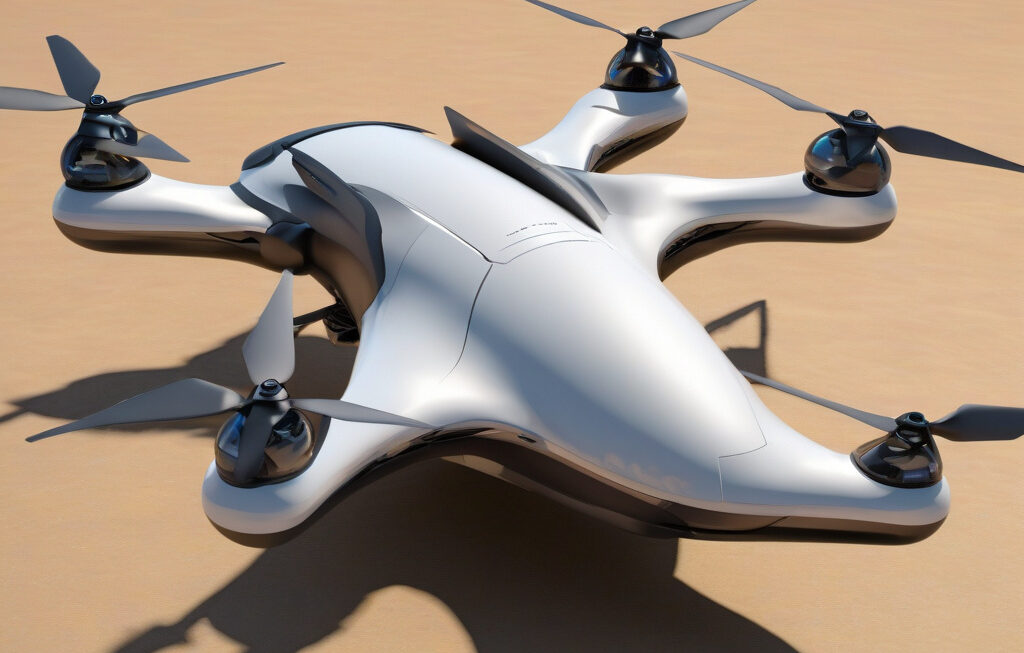SpikeHERO: Revolutionizing Fibre Optic Networks with AI Chip Technology
In the fast-paced world of technology, innovation continues to push the boundaries of what is possible. One such groundbreaking development comes from Fraunhofer IIS, a renowned research institution that is spearheading the development of AI chips for fibre optic networks. By harnessing the power of spiking neural networks, these AI chips are set to revolutionize signal quality and data transmission in fibre optics, paving the way for a new era of connectivity and efficiency.
Fibre optic networks have long been the backbone of modern communication systems, enabling the high-speed transmission of data over long distances. However, as the demands on these networks continue to grow, there is a pressing need for solutions that can enhance their performance and reliability. This is where SpikeHERO steps in, offering a cutting-edge technology that leverages artificial intelligence to optimize the way data is processed and transmitted.
At the heart of SpikeHERO’s innovation is the use of spiking neural networks, a type of artificial neural network that is inspired by the way neurons communicate in the brain. By mimicking this biological process, spiking neural networks are able to process information more efficiently and accurately than traditional artificial neural networks, making them ideal for applications that require real-time data processing and low latency.
One of the key advantages of SpikeHERO’s AI chips is their ability to adapt and learn from the data they process. This means that over time, the AI chips can optimize their performance based on the specific characteristics of the data being transmitted, leading to improved signal quality and faster data transfer speeds. In a world where the volume of data being generated is growing exponentially, this adaptability is crucial for ensuring that fibre optic networks can keep up with the demands placed on them.
The implications of SpikeHERO’s technology are far-reaching, with potential applications in a wide range of industries. For example, in the field of telecommunications, the use of AI chips in fibre optic networks could lead to more reliable and secure communication systems, enabling faster and more efficient data transfer for businesses and consumers alike. Similarly, in the realm of healthcare, AI-enhanced fibre optic networks could support the transmission of medical data, facilitating remote consultations and improving patient outcomes.
As we look to the future, it is clear that technologies like SpikeHERO’s AI chips will play a crucial role in shaping the way we communicate and interact with the world around us. By harnessing the power of artificial intelligence, we have the opportunity to unlock new possibilities for innovation and growth, driving progress in ways that were once thought impossible. With SpikeHERO leading the charge, the future of fibre optic networks looks brighter than ever.
In conclusion, the development of AI chips for fibre optic networks represents a major milestone in the evolution of communication technology. With SpikeHERO’s innovative approach to leveraging spiking neural networks, we are on the cusp of a new era of connectivity that promises to revolutionize the way we transmit and process data. As we continue to push the boundaries of what is possible, it is clear that the future is bright for fibre optic networks and the endless possibilities they hold.
innovation, AI, fibre optic, technology, connectivity











